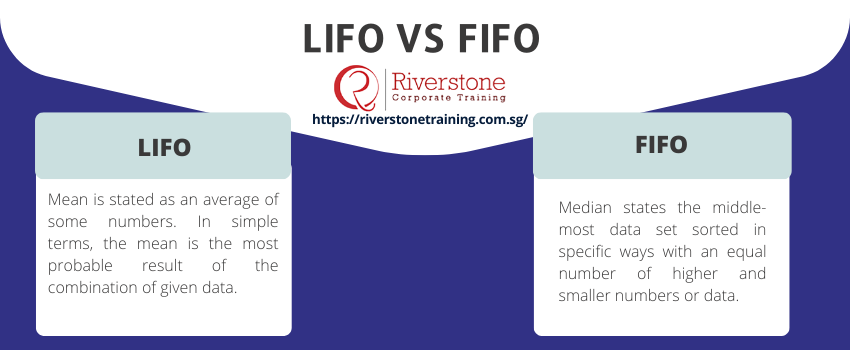
LIFO and FIFO
LIFO and FIFO are methods employed in valuing the cost of all goods sold and the final ending inventory. FIFO, an acronym for First-in First-out, implies that first goods added to the list would assume to be the first goods to be removed or sold. LIFO on the other hand, an acronym for Last-in First-out, implies that products added to the inventory last would be the first to be removed or sold.
Investors and business owners need to understand these methods as they happen to form a critical component of a company’s balance sheet.
Difference between FIFO and LIFO
In this section, we would be discussing the main differences between LIFO and FIFO inventory valuation method.
- Stock in hand implies the oldest stock under LIFO, while Stock in hand under FIFO represents the newest goods that just arrived or produced.
- The price of goods sold reflects the current market price under LIFO, while unsold goods reflect market price under the FIFO method.
- Under various Financial Reporting Standards, FIFO is the only permissible method used, while the LIFO method is not allowed.
- LIFO is known to exhibit real profit whenever there is inflation in the economy. This automatically helps in saving tax, while the scenario is the opposite in the case of FIFO.
- Lastly, FIFO maintains a smaller number of records while LIFO requires more detailed record keeping.
Which method is Better FIFO or LIFO?
The choice of better method depends on the kind of goods that is in a business inventory. LIFO method should be used for auto dealers, supermarket, steel shop, electrical supply, hardware and some other building products, etc.
However, in a case of small businesses or businesses whose products are perishable goods like vegetables, fruits, goods meant for exportation, and some other goods with a short expiry date, it would be best to engage in the FIFO method.
FIFO and LIFO Examples with the Calculations
Taking a look at the recent purchase of the company that has ordered for some unit of mobiles:
1st week: 100units at $4 each = $400
2nd week: 100 units at $5 = $500
3rd week: 100 units at $7 = $700
Sum of all purchased inventory = $(400+500+700) = $1600
Beginning inventory: 100 units at $3 = $300
Consumption: 300 units were used up
Sales: 300 pair of sates sold at $10 each =$3,000
Therefore, ending inventory value goes thus;
LIFO: Last inventory are sold first, so oldest unit is $3
Ending inventory = 3 * 100 = $300
FIFO: oldest are sold, newest are remaining
Ending inventory = 100 * 7 = $700
COGS calculation
COGS= beginning inventory + inventory purchase – ending inventory
LIFO COGS = 300 + 1600 – 300 = $1600
FIFO COGS= 300 +1600 – 700 = $1200
LIFO and FIFO effect on Gross Profit Margin
Gross Profit = Total sales- COGS
LIFO Gross Profit = 3,000-1,600= $1,400
FIFO Gross Profit = 3,000-1,200=$1,800
The above calculation shows the effect of the two methods on Gross Profit in the period of rising prices and as it is in the computation, LIFO gives a lower Gross Profit as compared to FIFO, which means the company would record lesser profit and therefore pay smaller tax.
LIFO is accepted under GAAP (the U.S Generally Accepted Accounting Principles) while it not allowed under the International Financial Reporting Standards (IFRS).


